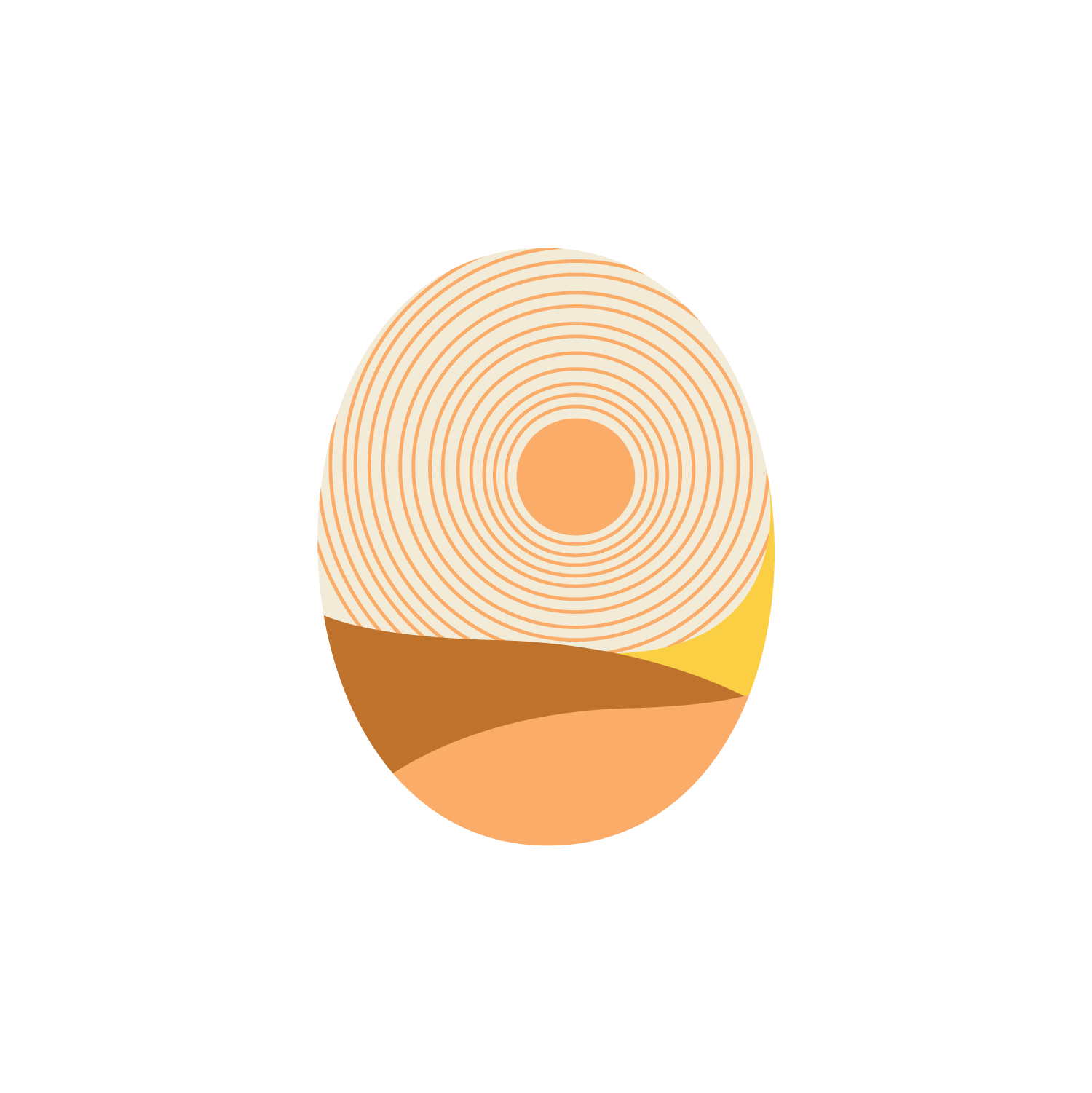Shoveling Safety
“Kamloops Sees a Months’ Worth of Snow During January 17th Snowstorm” was the headline in the news on Jan 17, 2024 (RadioNL, Victor Kaisar). And, it continued to snow! With all of this snow, I knew I wanted to share some Physiotherapy tips on shoveling to help protect you from injury. This blog post covers choosing a shovel, the activity of shoveling, and the ergonomics of shoveling.
CHOSE A SHOVEL
-Choose a lightweight shovel that is the appropriate height for you. You want to have the handle at the area from low rib to chest height to reduce the strain on the shoulders.
-Make sure the handle is the right size for you. If you have smaller hands, you may want a less bulky handle. If your hands are large, you may be able to go with something larger that allows you to get a good grip.
-If you are scraping snow, you may want to invest in a scraper vs. using the large blade of the shovel to try to chip into the more packed snow.
-Choose a wide, yet sturdy blade to disperse the snow across a larger surface area.
-I find that the “ergonomic” looking shovels are actually heavier and the double mid-body handles can be less efficient for the throwing of snow.
-Test the shovel in the store. And remember, it’s about how the shovel feels for you. The more expensive or “ergonomic” looking shovels are not always better. Find what works for your body.
SHOVELING
-Before shoveling, take some time to warm up the body to get ready for activity. When it’s cold your vasculature constricts, so it’s good to warm up the big muscles of the arms and legs, as well as the heart. Brushing off the car, walking to the mailbox, or doing a few gentle squats with the shovel held between the arms and raising it to chest height (as you squat), can be good ways to warm up the heart and other muscles.
-Try to shovel when it first snows, as it tends to be lighter. Alternatively, you can go out several times a day to keep on top of the depth of snow needing to be shoveled.
-Make sure you are hydrated and nourished prior to and after shoveling.
-Pace yourself and listen to your body. Take rest breaks frequently (every 15 minutes).
-Dress in layers, wear warm gloves that also allow you to have a good grip on the shovel.
-Remember if you dress for the weather, you are less likely to rush shoveling and therefore, less likely to injure yourself.
-Wear warm footwear with grip to decrease risk of falling. Watch for icy patches.
-Stretch after you shovel.
-If you have shortness of breath, difficulty breathing or pain, STOP immediately.
ERGONOMICS OF SHOVELING
-Have your feet shoulder width apart, dominant foot in front.
-Keep a slight bend in the knees and use your legs to push the snow.
-As you lift the snow, face the direction you wish to throw the snow. Make sure you are not twisted. Bend the knees, engage your core (to support the low back), shift from your back (to press from) to front leg as you engage your core (to support the low back) and breathe out while throwing the snow.
-Keep the snow in the shovel close to your body with arms in the shortened position (elbows bent).
-Do not put too much snow in the shovel at a time. Pace yourself and remember small scoops will allow you to complete the whole area with less muscle strain.
If you have questions, anything to add, or want to share what you might like to learn more about from a Physiotherapy perspective, please reach out: hello@vibrantsol.ca. If you, or someone you know requires an assessment for injury, you can book online here. In the meantime, happy shoveling!
The Vibrant Sol blog is an educational resource written by Cheryl Kinshella, a licensed Canadian Physiotherapist. The content published in blog posts represents the opinion of the individual author based on their expertise and experience. The content provided in this blog is for informational purposes only, does not constitute medical advice and should not be relied on for making personal health decisions.

